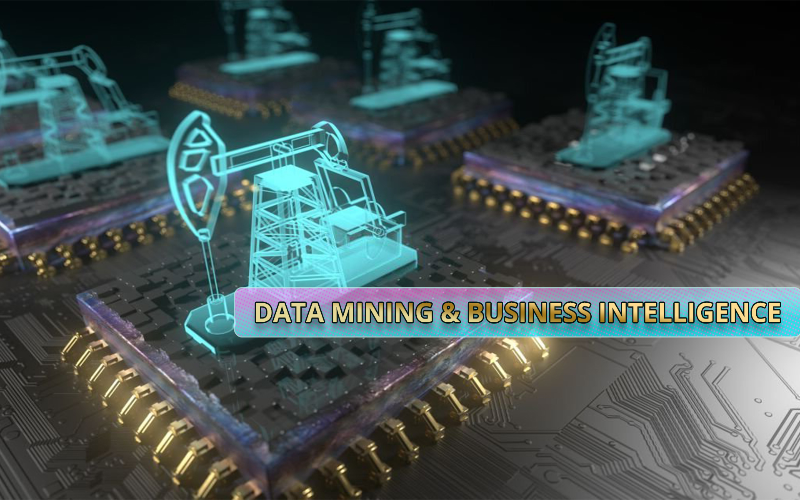Data, the smallest unit of massive information has now become the elixir for any business operation in this digital economy. Businesses success depends on how quickly we discover the pouring volume of data and furnish with their business decisions and processes to drive better results across domains. However, this process is a tremendous task and hence companies are adopting Data mining techniques and business intelligence source to standout globally. This branch of data science gives an opportunity to optimize operations in a futuristic prospective. This course provides insight into Data mining process which involves good business understanding, data understanding, data preparation, Modeling, evaluation and deployment activity for the decision makers of the organization. Data analytics and predictive analytics look into the past for identifying the trend and anticipate all future outcomes. Through the application of data mining techniques, decisions can be based on business intelligence for consistent results and standout in the market. This course also illustrates well about Data mining software and tools which has the power to transform organization world-wide using Business Intelligence.
UNIT I deal with introduction to data mining, its functionalities, advantages and disadvantages and the risks involved in data mining. It gives a picture of kinds of data and architecture of data mining and how it is useful for business intelligence. It also gives a fair idea about how text mining, web mining and spatial mining can be applied in business decision making. Data mining, Text mining, Web mining, Spatial mining, Process mining, Data ware housing are also narrated.
UNIT II elaborates on the elements and issues in data mining while extracting, various data mining methodologies and data mining process, It also describes the working of the various performance measures, comprehend how useful are the performance measures and discuss the different types of inferences that can be drawn from these measures. It also explains the various validation measures and highlights how business has adopted data mining and business analytics to run their business.
Unit III begins with explaining how to use R for data visualization and narrate importance of data visualization .It further explains the various models in time series analysis and ARIMA and how to use this model for predictions. It also describes the Holt-Winters technique for time series forecasting, VaR-GARCH method and its application in all types of financial risk management and financial econometrics. The different types of multiple linear regression models are discussed in detail and the techniques used on how to solve these multiple linear regression models are narrated.
Unit IV introduces the classification models and demonstrates how to solve classification models using information gain and Gini’s index and using R program. It further explains about K- nearest neighbour and logistic regression and its application in business domain. It elaborates the distinct features of discriminant analysis and its types, clustering and its types. It helps you to understand the methodology of solving hierarchical clustering and k-means clustering using excel and SPSS and how to draw inferences from the results.
Unit V focuses on Machine learning and AI techniques. It demonstrates on what is meant by genetic algorithm and how to use genetic algorithm in business. It also explains about what is meant by neural network, Fuzzy logic, and support vector machine and how each one helps in solving business problems. The last two modules deal with how particle swarm optimization works and how to formulate a DEA problem and their application in business. The recent trends in data mining are also highlighted in brief.

